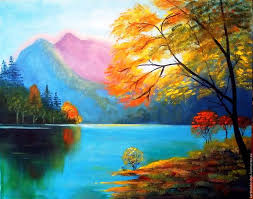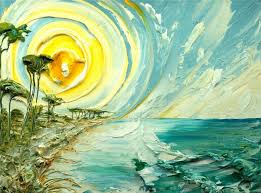racism cannot stand against
RUSSIAN ACADEMY OF ART OF ST. PETERSBURG (part 1)
 In 2007, the Russian Academy of Arts celebrates its 250th anniversary. November 17, 1757 (old style – November 6) – The governing Senate of the Russian Empire adopted a decree on the establishment of the “Academy of the Three Noble Arts.” In fact, such an institution in Russia was conceived much earlier, and by that time it had been successfully operating for at least thirty years. The idea of establishing a community of artists was expressed by Peter the Great and his close associates in the 1690s. After visiting the first emperor of Paris and the French academies in 1719, this idea took on a concrete form, but for many cases Peter the Great signed the necessary decree only shortly before his death, December 22, 1724. He proclaimed the creation of a single “Academy of Sciences and Arts” – a fact that is very important today, since the Russian Academy of Arts cherishes the fact that it was born simultaneously with the Russian Academy of Sciences and has been cooperating with it for almost three centuries. Continue reading
In 2007, the Russian Academy of Arts celebrates its 250th anniversary. November 17, 1757 (old style – November 6) – The governing Senate of the Russian Empire adopted a decree on the establishment of the “Academy of the Three Noble Arts.” In fact, such an institution in Russia was conceived much earlier, and by that time it had been successfully operating for at least thirty years. The idea of establishing a community of artists was expressed by Peter the Great and his close associates in the 1690s. After visiting the first emperor of Paris and the French academies in 1719, this idea took on a concrete form, but for many cases Peter the Great signed the necessary decree only shortly before his death, December 22, 1724. He proclaimed the creation of a single “Academy of Sciences and Arts” – a fact that is very important today, since the Russian Academy of Arts cherishes the fact that it was born simultaneously with the Russian Academy of Sciences and has been cooperating with it for almost three centuries. Continue reading
EXCURSION TO THE WORLD OF GRAPHICS
 Graphics is the art of drawing. A graphic image, as a rule, consists of lines, strokes, dots, etc. By its nature, a graphic image is more conventional than a pictorial one, although the graphic and expressive means of graphics are much the same as in painting. Unlike painting, the color in the graphic is predominantly one (usually black), but there is a graphic that also uses a different color. The graphic also uses stained drawing – a pictorial tool widely used, for example, in the graphic sheets of Mesereel and the Prophet.
Graphics is the art of drawing. A graphic image, as a rule, consists of lines, strokes, dots, etc. By its nature, a graphic image is more conventional than a pictorial one, although the graphic and expressive means of graphics are much the same as in painting. Unlike painting, the color in the graphic is predominantly one (usually black), but there is a graphic that also uses a different color. The graphic also uses stained drawing – a pictorial tool widely used, for example, in the graphic sheets of Mesereel and the Prophet.
Graphic artists can create not only separate sheets, but also entire series of drawings, united by a common theme. Without resorting to the help of color, graphics – art unusually laconic with its avaricious means can and does give pictures of life no less significant in terms of ideology and aesthetics than painting. Continue reading


